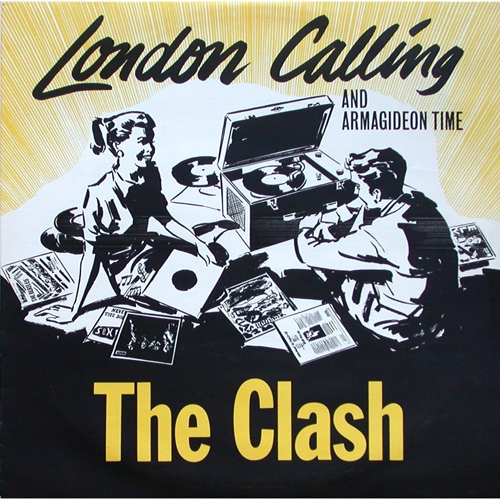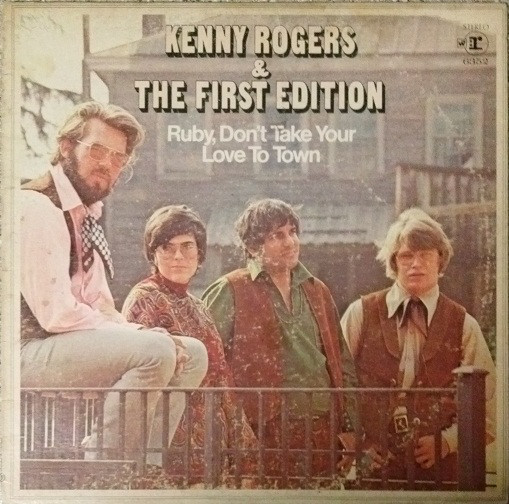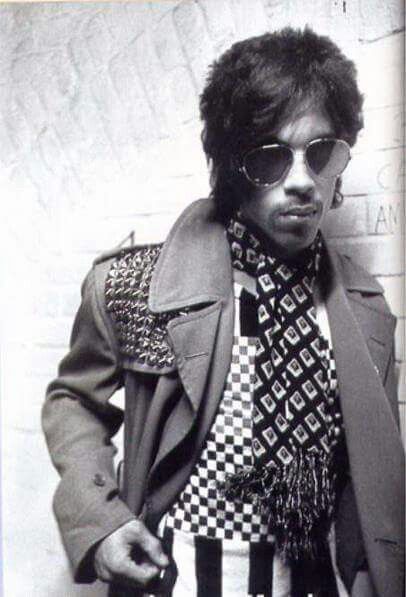Thirty duets for your listening/singing-along-with pleasure!
Follow Tunes Du Jour on Facebhttp://www.facebook.com/tunesdujourook
Follow me on Bluesky
Follow me on Instagram
Thirty duets for your listening/singing-along-with pleasure!
Follow Tunes Du Jour on Facebhttp://www.facebook.com/tunesdujourook
Follow me on Bluesky
Follow me on Instagram
The year 1983 was a vibrant musical landscape, a moment when pop culture was exploding with creativity and technological advancement. It was a year when Michael Jackson’s “Billie Jean” dominated the airwaves, its infectious rhythm and groundbreaking music video revolutionizing how we experienced music. The single was more than just a song; it was a cultural phenomenon that captured the zeitgeist of an era when music was becoming increasingly visual and dynamic.
This was also the year when Prince’s “1999” prophetically danced with apocalyptic themes, and The Police’s “Every Breath You Take” became an anthem of complex emotional surveillance. The diversity of musical styles was remarkable, with artists like Dexys Midnight Runners bringing an unconventional folk-pop energy with “Come on Eileen,” while New Order’s “Blue Monday” pushed the boundaries of electronic music, creating a sound that would influence dance music for decades to come. David Bowie’s “Let’s Dance” marked a vibrant shift in his musical journey, infusing his signature artistic sensibility with an irresistible pop-funk groove.
The single was king in 1983, with an unprecedented number of memorable tracks that seemed to burst from radios and dance floors everywhere. Eurythmics’ “Sweet Dreams (Are Made Of This)” introduced Annie Lennox’s haunting vocals to the world, while Marvin Gaye’s “Sexual Healing” offered a smooth, sensual counterpoint to the era’s more uptempo sounds. Lionel Richie’s “All Night Long” exemplified the period’s sunny, celebratory pop, and Culture Club’s “Do You Really Want to Hurt Me” challenged musical and social conventions with its charismatic lead singer, Boy George.
The year wasn’t just about pop, however. Rock and new wave were thriving, with bands like The Smiths (“This Charming Man”), The Clash (“Rock the Casbah”), and Duran Duran (“Hungry Like The Wolf”) pushing musical boundaries. Hip-hop and early rap were also emerging, with tracks like Melle Mel’s “White Lines” and Herbie Hancock’s groundbreaking “Rockit” signaling a musical revolution that would transform popular culture in the coming decades.
What made 1983 truly special was how it represented a moment of musical transition—a year when synthesizers and drum machines were becoming more prevalent, when music videos were transforming how artists communicated, and when genres were blending in unprecedented ways. From the new romantic sounds of Heaven 17’s “Temptation” to the quirky charm of Men Without Hats’ “The Safety Dance,” the music of 1983 was a testament to creativity, innovation, and the pure joy of sound. It was a year that didn’t just produce hit songs, but created a sonic landscape that would influence musicians for generations to come.
Follow Tunes du Jour on Facebook
Follow me on Bluesky
Follow me on Instagram
Today’s playlist celebrates the August 21 birthdays of Kelis, The Clash’s Joe Strummer, The Prodigy’s Liam Howlett, Kacey Musgraves, System of a Down’s Serj Tankian, Jackie De Shannon, Kenny Rogers, Ernie Maresca, and David Morales; and the August 22 birthdays of Wu-Tang Clan’s GZA, Tori Amos, John Lee Hooker, Tears for Fears’ Roland Orzabal, Craig Finn, Alice in Chains’ Layne Staley, Bangles’ Debbi Peterson, Living Colour’s Vernon Reid, Dale Hawkins, Dua Lipa, The Archies’ Ron Dante, Chuck Brown, and Evelyn Thomas.
Follow Tunes du Jour on Facebook.
Follow Tunes du Jour on Twitter.
Follow me on Instagram.
Back when I handled the licensing for the Bee Gees, they turned down requests to be included on disco compilations. They rejected the disco label, as it limited them. Fair enough. As performers the trio placed 42 entries on the Billboard Hot 100. Do you know how many entries they placed on Billboard’s Disco chart? Three. “You Should Be Dancing” went to number one on that chart, “Tragedy” peaked at number 22, and the three new uptempo songs they recorded for the Saturday Night Fever soundtrack – “Stayin’ Alive,” “Night Fever” and “More Than a Woman” – constituted one entry, which peaked at number three. It’s the association with Saturday Night Fever,a movie where much of the action takes place at a disco, that saddled them with the disco label. That said, those five disco songs are nothing to be ashamed of. All are great. Today’s playlist spotlights their work in and outside of the disco genre, and it includes extracurricular production and songwriting activities one or more of the guys did for other acts.
Follow Tunes du Jour on Facebook
Follow Tunes du Jour on Twitter
Follow me on Instagram

Inspired by the August 21 birthdays of The Clash‘s Joe Strummer, Kacey Musgraves, Kelis, Kenny Rogers, Jackie DeShannon, Prodigy’s Liam Howlett, and System of a Down’s Serj Tankian.

Inspired by the passing of Kenny Rogers, the March 21 birthdays of The Stylistics’ Russell Thompkins Jr., Solomon Burke, The Prodigy’s Maxim, Eddie Money, Mungo Jerry’s Ray Dorsett, Bonzo Dog Doo-Dah Band’s Vivian Stanshall; and World Poetry Day.

Around ten years ago, while I was working at Warner Music, we were trying to think of catalogue projects that may engage Prince. One of my suggestions was a two-disc set in which one disc consisted of Prince songs recorded by others and the second disc was Prince’s demo versions of songs made famous by others.
Two weeks ago Warner released on Tidal Prince’s Originals, demo versions of songs Prince wrote that were recorded by other acts. (It hits others streaming services tomorrow, with CD and vinyl releases coming as well.) I’m not saying Warner took my idea without giving me credit; I’d be surprised if I were the only person who thought of it.
Today’s Tunes du Jour playlist is the concept of the other disc of my proposed set – songs Prince wrote or co-wrote performed by other acts. It’s not exactly what I envisioned that disc to be, as many (MANY!!) of the songs I would choose are not available on Spotify. There’s all the Paisley Park material that reverted to Prince (Vanity 6, Apollonia 6, Mazarati, Jill Jones, The Family, Ingrid Chavez, etc.), as well as commercially-released covers that for whatever reason are missing, by artists such as Foo Fighters, Robyn, Jesus and Mary Chain, Mavis Staples, Eels, and Living Colour.
Even with those limitations, not a bad list. Enjoy!
Click here to like Tunes du Jour on Facebook!
Follow Tunes du Jour on Twitter.
Follow me on Instagram.